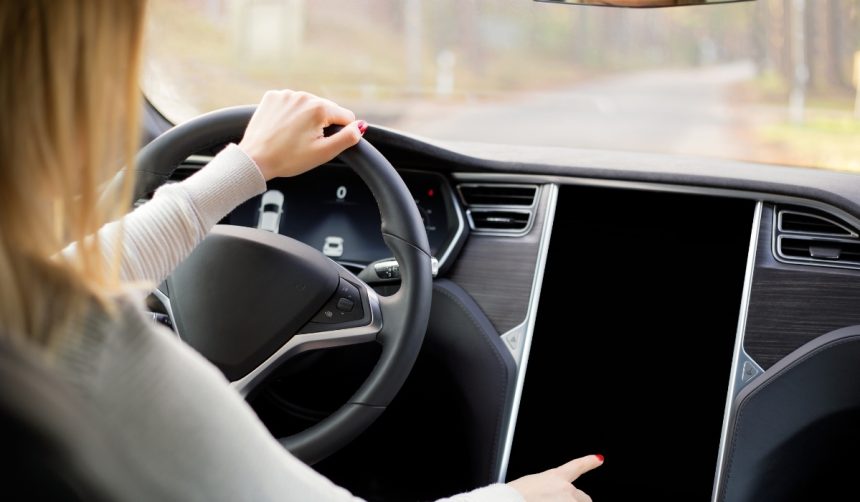Tesla is pushing towards greater efficiency in the automotive sector with its patented “Unboxed Process,” aiming to make electric vehicles more accessible in terms of price and supply. This patent represents the company’s approach to rethinking production, promising faster assembly times and lower costs in future models. Tesla’s leadership highlights this effort as a step toward handling larger production volumes, addressing future demand for affordable electric mobility, including plans for autonomous vehicles and Robotaxis. Their latest filings provide insight into evolving strategies that focus on both process refinement and cost management to expand their market reach.
Earlier coverage of Tesla’s manufacturing initiatives featured their focus on Gigacasting and battery integration, but those reports primarily addressed technological milestones rather than systemic overhauls of assembly lines. Now, the patent emphasizes a significant shift towards modular and pre-painted assembly, which was only hinted at during Tesla’s 2023 “Investor Day”. The newer information differentiates itself by focusing on process automation and how Tesla intends to address traditional defects and errors in standard assembly. Recent announcements also clarify how this ties in with producing high-demand vehicles such as the Cybercab, broadening the scope of previous communications.
What Is the Unboxed Process Patent?
The Unboxed Process centers on modular vehicle assembly, allowing separate sections to be built before final assembly. Instead of classic welding methods, Tesla is introducing engineered adhesives for joining parts, which could reduce the cumulative impact of alignment errors. This strategy involves using automated systems that align exterior pieces with precise fixturing, streamlining construction and enabling ongoing assembly even while adhesives cure.
How Will the Process Impact Future Models?
With efficient practices in mind, Tesla intends to apply the Unboxed Process to vehicles like the upcoming Cybercab and other mass-market models. Applying surface treatments, painting, and coatings before assembly may allow for greater consistency in finish and quality. Tesla believes this will meet expanding consumer demand, especially as the appetite for autonomous vehicles grows.
What Are Tesla’s Goals and Expectations for This Approach?
Tesla aims to extend the benefits of their streamlined methods across their future portfolio. The company stated,
“The method improves assembly efficiency by compensating for substructure irregularities with an engineered adhesive gap and allows for continued assembly during adhesive curing through tacking operations.”
Further, the patent outlines a shift from welded stamped panels and integrated secondary coatings to a process where components are treated and pre-painted ahead of final assembly, making the process less susceptible to variances.
Tesla representatives clarified their intentions behind the patent, stating,
“A modular vehicle architecture allows for the assembly of a vehicle in sections, which are then joined in a final assembly operation.”
With this, more vehicles could be manufactured at a faster rate while maintaining or potentially improving build quality, a key concern as Tesla ramps up for future launches and anticipated higher volume needs.
Looking at broader industry trends, modular design and pre-treatment strategies have become more prominent as automakers search for faster, more adaptable ways to assemble vehicles. Tesla’s patent appears to formalize these directions into a cohesive strategy that targets efficiency at every stage of production. For readers considering the sustainability and reliability of electric vehicles, production techniques that allow for higher quality output with fewer defects may lead to more consistent products in the marketplace. As Tesla prepares for models like the Cybercab and continues to develop autonomy technology, their approach could have notable implications for costs, availability, and the standard practices seen in the industry. Monitoring how these advancements translate to market performance and consumer experience will provide valuable indicators as to the effectiveness of the Unboxed Process.










